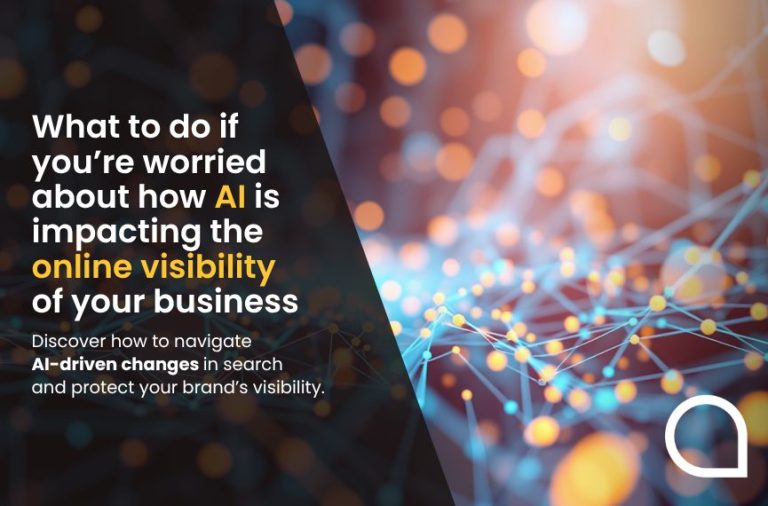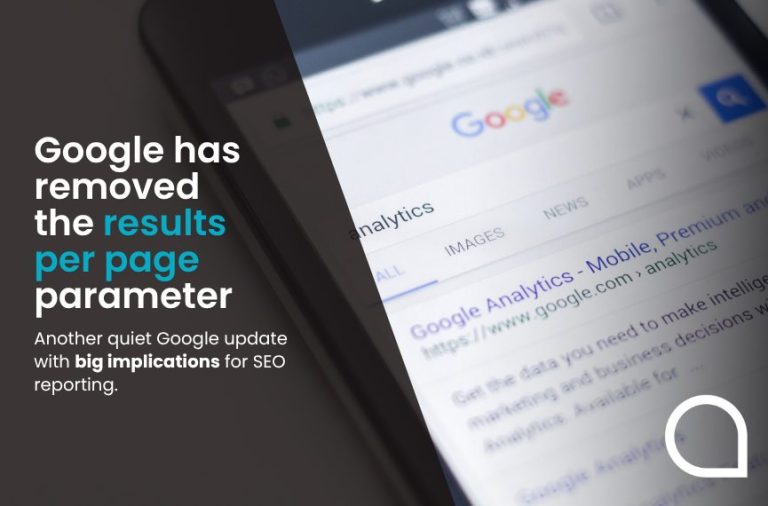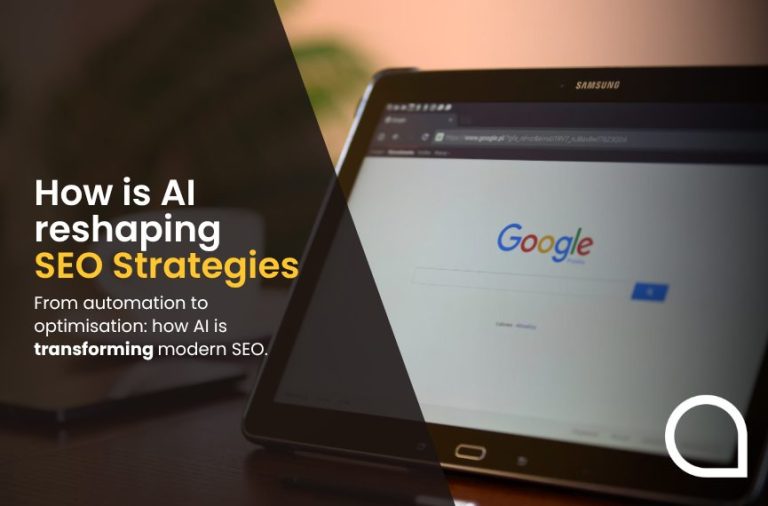Today, Aqueous Digital celebrates its 5th birthday. It’s quite a milestone; five years is a long time in the world of digital marketing. As one of the most rapidly changing industries, it can be a challenge to keep up with what’s going on, let alone stay one step ahead.
Fortunately for us, we’ve grown year-on-year since 2011. We’ve had three office moves to make room for new staff and we’ve built a steady portfolio of clients with a 90% plus retention rate. We’re proud of these achievements, particularly as more web design agencies move into the online marketing space.
So what are the major trends in online marketing today, and how has this affected the way businesses reach their audience in our new, digitally-dominated era?
The best companies can adapt
Success online means being willing and able to adapt to ever-changing circumstances in the quest to occupy that hallowed ground of page one on Google, often for an ever growing list of high volume search terms.
For us, it’s a question of never taking our eye off the ball. Search engines are a law unto themselves, with regular – and often unannounced – algorithm changes. In truth, only Google really knows Google, though there are many so-called SEO experts who will try to tell you otherwise.
The rest of us combine the latest knowledge of Google with sound tried-and-trusted marketing techniques in the hope of building our clients’ businesses online. It’s rarely the realm of magic and overnight success, and more akin to a sensible yet creative well-executed strategy.
The good thing is that we’ve seen consistent good practice will keep a company on the first page of Google, regardless of the box of tricks and quick-fire techniques employed by their competitors.
Artificial Intelligence is the future

Of course, Google is already ahead of the game – late last year it announced it had developed RankBrain, a machine-learning artificial intelligence system. RankBrain is one part of Google’s algorithm that’s used to help process its search results. According to an article in Search Engine Land, RankBrain is designed to help better interpret multi-word or long-tail queries to find the best pages for the searcher.
‘Google can see patterns between seemingly unconnected complex searches to understand how they’re actually similar to each other. This learning, in turn, allows it to better understand future complex searches and whether they’re related to particular topics. Most important it can then associate these groups of searches with results that it thinks searchers will like the most.’
The rise and rise of localised search
Being found for a localised search is increasingly important, as recent research by Google found. Their study showed that 50% of consumers who conducted a local search on their smartphone visited a store within a day, and 34% who searched on computer/tablet did the same. Importantly, 18 percent of local searches lead to sales, compared to 7 percent for non-local searches.
For businesses looking to take a share of this highly valuable and potentially repetitive custom, this has had serious implications for the way in which they approach their online marketing. It doesn’t matter whether you’re a multi-national high street retailer or a small, one-town store, your customers expect to be able to find you online and get directions, store opening hours and a host of other information, all at the touch of a button.
Everything is mobile
 According to Ofcom , smartphones have overtaken laptops as the most popular device for getting online. Two-thirds of the population now own a smartphone, using it for nearly two hours every day. In fact, we now spend almost twice as long online with our smartphones than on laptops and personal computers.
According to Ofcom , smartphones have overtaken laptops as the most popular device for getting online. Two-thirds of the population now own a smartphone, using it for nearly two hours every day. In fact, we now spend almost twice as long online with our smartphones than on laptops and personal computers.
This trend has implications for companies marketing themselves online. It’s no longer enough to have a good website, you have to have a responsive website. A responsive website is one which alters the way its displays information based upon the device being used to access it. A mobile-friendly website will be designed with a smaller screen view and touch screen navigation in mind.
Plus, because mobile-friendly sites make for a better user experience, Google now uses this as a ranking factor and as a way of improving its own user experience. Visit any search results page and you’re likely to see the ‘mobile friendly’ label against a selection of results.
Increase of paid-for options in search
Not so long ago, Google displayed three Adwords at the top of its results page and a long list of Adwords on the right-hand side. Now, there is a myriad of options open to any company with an online advertising budget.
Just a few months ago, Google added a fourth Adword slot to the top of its results page, and a further three Adwords at the bottom. It removed the right-hand side ad panel and now only shows ad displays from Google Shopping when it feels it would benefit the searcher.
No doubt, this continual flexing of its advertising power muscles will continue to evolve. For companies operating in competitive marketplaces, there’s no getting away from it – for competitive search terms the first page of Google is a crowded place. Organic real estate is being crowded out by paid for options and long tail organic is now the holy grail for many companies.
Social media became the place to become famous

The most recent research on Smart Insights says that 63% of smartphone owners use the Facebook app on an average of 15 days per month. However, Instagram, YouTube, Twitter, Google+, Snapchat, Vine, Pinterest – these are all social media channels which get phenomenal levels of engagement. In the business environment, there are many LinkedIn advocates who swear by the platform as one to not only promote themselves and their business but as a great lead generation tool.
The result is that marketers have had to re-think the way they reach and influence their audience, hence the rise in social media and content marketing roles across the digital sector. Many marketing teams now comprise social media specialists – there’s certainly an art to building an audience and turning it into your biggest fan base.
What are your thoughts on the biggest challenges facing online marketers today? And what trends do you see on the horizon? Feel free to share your thoughts below.





